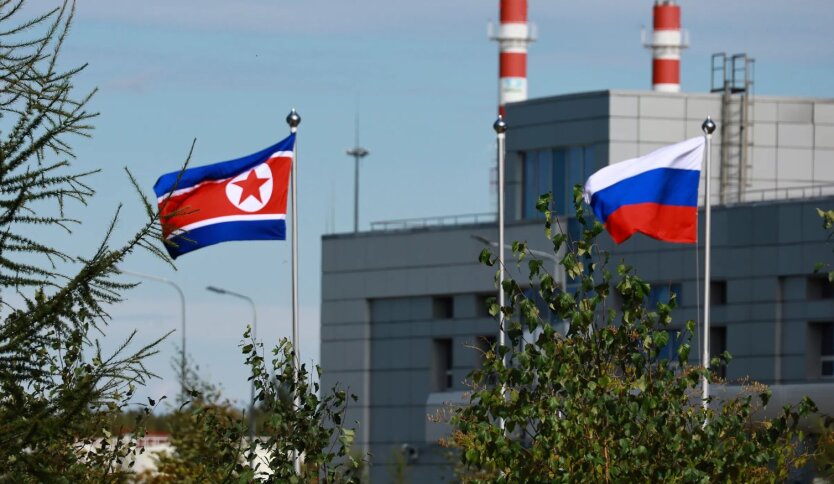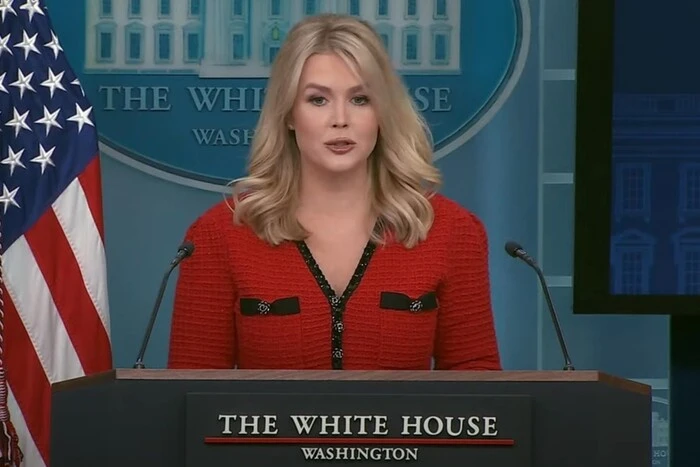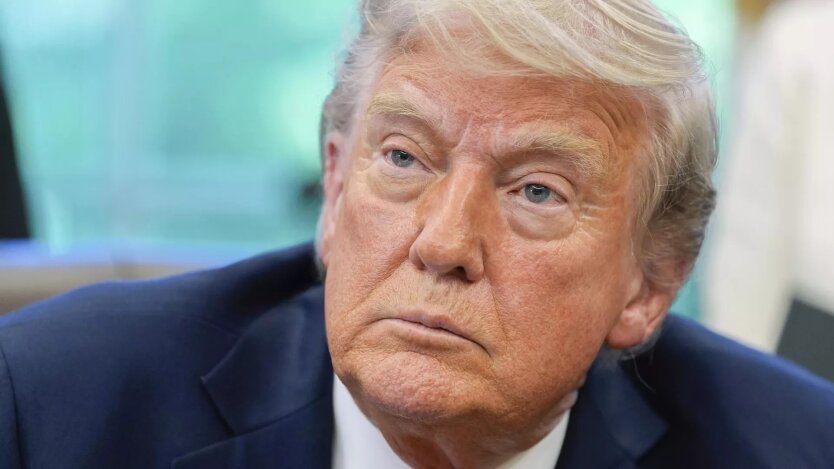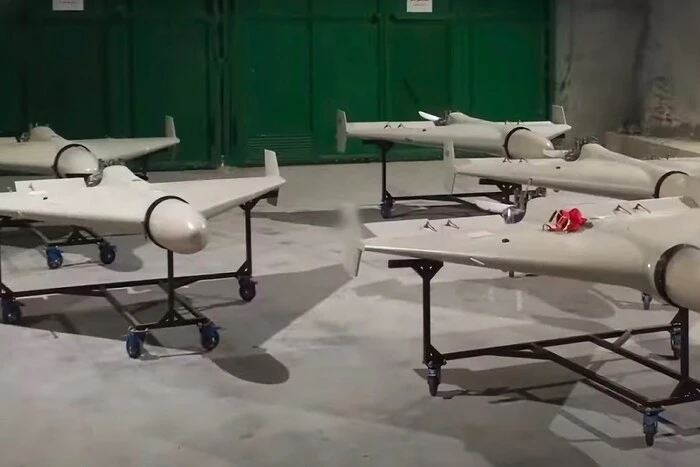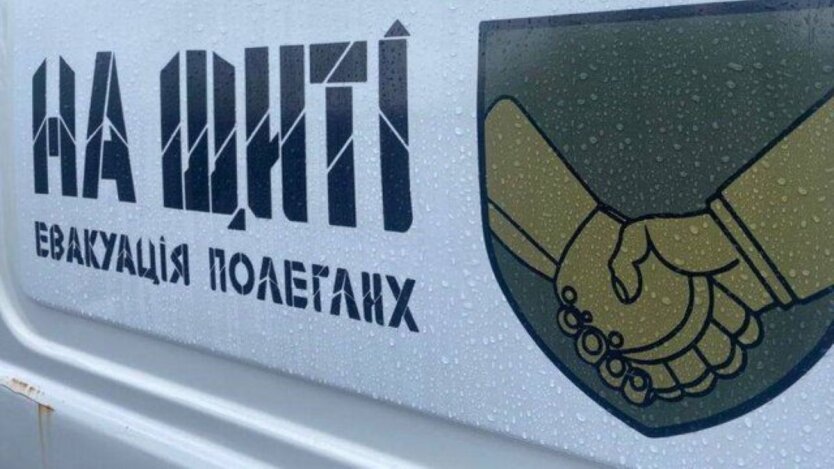Forced Labor: Shein and Temu Under Trump's Administration Spotlight.

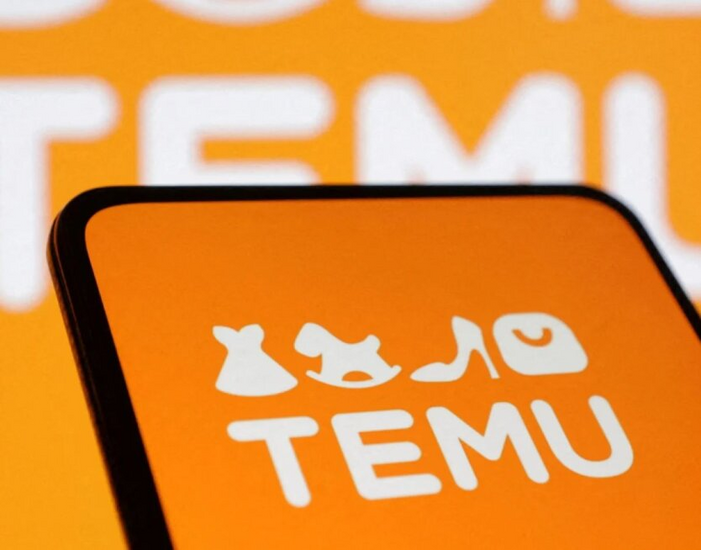
The administration of U.S. President Donald Trump is considering adding Chinese e-commerce companies Shein and Temu to its list of forced labor, reports Reuters.
Temu is a Chinese online e-commerce platform operated by PDD Holdings. Shein is a company that sources clothing from factories for resale, according to Mezha.
The decision to include these companies on the list indicates the administration's desire to tighten scrutiny of Chinese imports, particularly consumer goods, the report states. Discussions are ongoing, and a final decision has not yet been made.
Temu claims to prohibit the use of forced labor and requires adherence to the 'Third-Party Code of Conduct', which mandates compliance with all labor laws. The company also reserves the right to terminate partnerships with any vendor or partner who fails to meet these standards.
Shein stated that it was unaware of such discussions and affirmed its compliance with the Uyghur Forced Labor Prevention Act (UFLPA) after a thorough audit. The company also emphasized its voluntary participation in the U.S. Customs and Border Protection data collection program as part of its supply chain integrity commitments.
The forced labor list, created by Congress in 2021 under the Uyghur Forced Labor Prevention Act (UFLPA), includes companies connected to forced labor in the Xinjiang region of China.
This move comes in the context of the Trump administration's recent decision to abolish a tax exemption that previously allowed the import of goods worth up to $800 without paying customs duties.
Read also
- North Korea wants to send 25 thousand workers to Russia for the production of 'Shaheds'
- Trump to make a decision on Iran. The White House announced the deadlines
- Trump left the G7 summit due to Zelensky and Macron: FT learned the details
- The SBU presented exclusive photos and videos of the prisoner exchange
- North Korea to send 25 thousand workers to Russia: what does it want in return
- The Ministry of Internal Affairs explained how they identify Russian soldiers among the transferred bodies of the deceased

